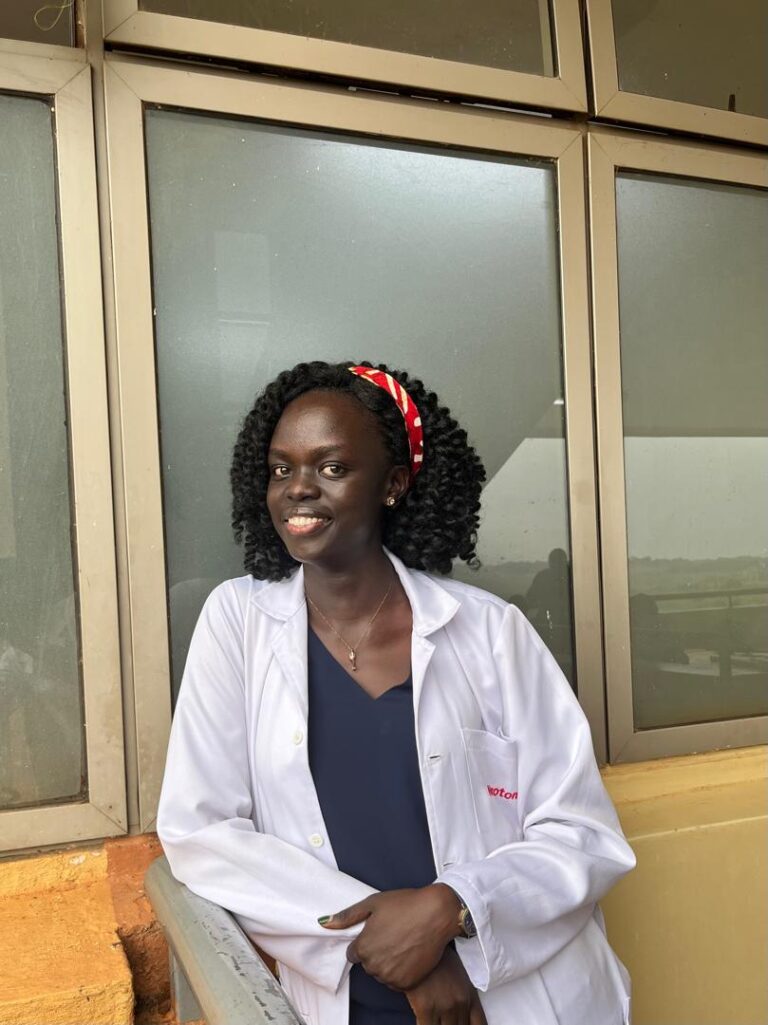*This post originally appeared on the Global Health Council’s blog.
The Global Health Council, a member organization devoted to advancing global health priorities, recently interviewed ReSurge International’s President and CEO, Claire Lachance, to learn more about the global reconstructive surgery gap, and what ReSurge is doing about it.
What does your organization do? What is its mission?
For more than 50 years, ReSurge International has served as a leading nonprofit organization building local surgical capacity and providing safe, affordable, life-changing reconstructive surgical care to children and adults in low- and middle-income countries.
What does your organization view as the biggest challenge in global health at the moment?
Inadequate access to surgery kills 18 million people each year, more than the total deaths from HIV, tuberculosis, and malaria combined. In low- and middle-income countries, there is an estimated shortfall of over 5 million reconstructive surgical procedures annually, leaving millions to suffer with preventable disabilities. Deformities from burns, traffic and industrial accidents, cancer, and congenital malformations, all conditions treatable through reconstructive surgery, make it impossible for many people to live a normal life and provide for their families.


In addition, COVID-19 created an enormous backlog of reconstructive surgeries, as they are considered “elective” despite their life-changing impact. A large majority of the people seeking treatment for severe burns and disabling injuries, which occur once every five seconds, were unable to access surgical care during the pandemic. This delay has caused patients’ conditions to further deteriorate as they wait. They are unable to return to work and school, which deepens the impact on their families and communities. With many countries still working through this backlog, the global need for has never been more urgent.
How is your organization seeking to solve this problem?
ReSurge is on a mission to perform reconstructive surgeries for free while also building local capacity by training local surgeons. In this way, reconstructive surgical care will continue to be available in partner countries with or without ReSurge’s in-person presence.
Is there a story from on the ground which illustrates the progress your work has been able to achieve?
A few months ago, an 8-year-old girl named Evani arrived at the Nepal Cleft and Burn Center in Kathmandu. She had been horribly burned while playing near an open fire where her mother was cooking food. Over time, the untreated wounds covering her torso and neck had scarred and tightened—a condition known as a “burn scar contracture”—leaving her unable to move her head.
Every year, more than 56,000 people are badly burned in Nepal, and more than 2,400 die from their injuries, a rate 100 times higher than in the United States. Families like Evani’s can rarely afford to pay for costly reconstructive surgeries, and few doctors in the country have the qualifications to deliver such specialized surgical care. Sadly, this problem extends well beyond any one family or country.
When Evani arrived at the Nepal Cleft and Burn Center, ReSurge’s team of teaching medical volunteers worked side-by-side with the local medical team to treat the girl’s complex case, which required grafting skin from her scalp and placing it on her neck for regrowth. And, thanks to funding provided by ReSurge, Evani’s burn scars were successfully treated at no cost to her family.
How would you define health equity?
ReSurge believes everyone deserves a healthier life and that change begins by addressing surgical inequities globally. Our mission is to train, fund, and scale reconstructive surgical teams in low-income countries so that they can provide life-changing care to patients with the greatest need.
One important way of doing this is by ensuring that there is a pipeline of skilled reconstructive surgeons in countries all over the world. One example of how ReSurge has taken on this challenge directly is by partnering with the College of Surgeons of East, Central, and Southern Africa (COSESCA) — the largest surgical training institution in sub-Saharan Africa —to increase access to safe reconstructive surgical care in the region. Sub-Saharan Africa has the most acute shortage of reconstructive surgical care in the world, with approximately one reconstructive surgeon for every 10 million people. Many countries in this region have never had a single plastic surgeon within their borders nor any tradition of plastic and reconstructive surgery. We are working with the 14 countries which comprise COSECSA to set up programs in ways that work best in their unique contexts. Together, ReSurge and COSECSA are collaborating to grow the programs in innovative and visionary ways.
One of the most exciting aspects of this program is that 92% of the physicians we train remain in the region, combatting “brain drain” and ensuring a sustained pipeline of reconstructive surgeons. We call it “The Ripple Effect:” each individual surgeon trained through this initiative will go on to treat as many as 9,000 patients throughout their career. And that surgeon will train others to do the same, ensuring thousands upon thousands more people have access to safe, life-changing reconstructive surgery.
As a Global Health Council member, what do you see as the greatest value of this community?
The global reconstructive surgery gap is an issue that gets far too little attention. Our hope is that, by being a member of the Global Health Council, we can help generate awareness among our peers in the global health community.





